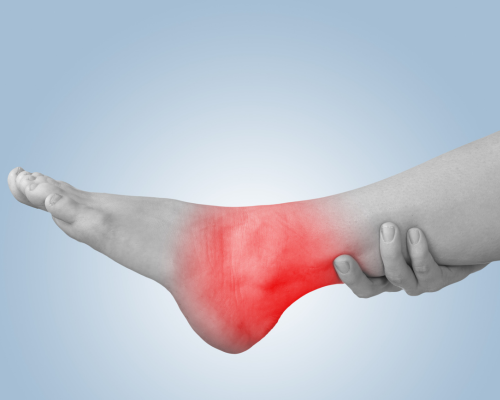Acute Limb Ischemia (ALI)
What is Acute Limb Ischemia?
Acute Limb Ischemia (ALI) is a sudden decrease in blood flow to a limb, usually caused by a blockage in the arteries. This condition is a medical emergency that requires immediate attention to prevent tissue damage, loss of the limb, or life-threatening complications.
Causes of Acute Limb Ischemia
ALI can occur due to:
- Embolism:
- A blood clot or other debris traveling from another part of the body (e.g., heart) and blocking an artery in the limb.
- Thrombosis:
- Formation of a blood clot in a previously narrowed or damaged artery.
- Trauma:
- Direct injury to the blood vessels, such as fractures or crush injuries.
- Aortic Dissection:
- A tear in the aorta’s inner layer leading to reduced blood flow in the limb.
Signs and Symptoms
ALI symptoms usually develop suddenly and may include:
- Pain: Severe and constant, typically in the affected limb.
- Pulselessness: Weak or absent pulse in the limb.
- Pallor: The skin appears pale or bluish.
- Paresthesia: Numbness or tingling sensations.
- Paralysis: In severe cases, the limb may become immobile.
- Poikilothermia: The limb feels cold to the touch.
Risk Factors
You may be at higher risk of ALI if you have:
- Atrial fibrillation or other heart conditions.
- Peripheral arterial disease (PAD).
- High cholesterol and atherosclerosis.
- Diabetes or hypertension.
- A history of blood clotting disorders.
Diagnosis of Acute Limb Ischemia
Timely diagnosis is crucial. Your doctor may use:
- Physical Examination:
- Checking pulses, skin color, and temperature of the limb.
- Doppler Ultrasound:
- Measures blood flow in the affected arteries.
- CT Angiography (CTA) or MR Angiography (MRA):
- Provides detailed imaging of blood vessels to identify blockages.
- Blood Tests:
- To assess clotting function and signs of organ damage.
Treatment for Acute Limb Ischemia
Immediate treatment is necessary to restore blood flow and save the limb. Options include:
1. Medications
- Anticoagulants (e.g., Heparin): To prevent further clot formation.
- Thrombolytics: Medications that dissolve clots.
2. Endovascular Procedures
- Catheter-Based Thrombectomy: Removal of the clot using a catheter.
- Angioplasty and Stenting: Opens narrowed arteries and restores blood flow.
3. Surgery
- Embolectomy or Thrombectomy: Surgical removal of the clot.
- Bypass Surgery: Reroutes blood flow around the blockage.
4. Amputation
- In severe cases where tissue death has occurred, amputation may be necessary to prevent the spread of infection.
Prognosis and Recovery
Early diagnosis and treatment are critical for a good outcome. Rehabilitation, including physical therapy, may be needed after treatment to restore limb function.
Preventing Acute Limb Ischemia
- Manage chronic conditions like diabetes, hypertension, and high cholesterol.
- Stay physically active and maintain a healthy weight.
- Avoid smoking, as it damages blood vessels.
- Take prescribed anticoagulant medications if you’re at risk of blood clots.
Why Choose Dr. Chainulu for Acute Limb Ischemia Care?
Dr. Chainulu specializes in vascular care and provides advanced treatment options for ALI. With expertise in minimally invasive and surgical techniques, he ensures patients receive the best possible outcomes.
Frequently Asked Questions
1. Can Acute Limb Ischemia be fatal?
- If untreated, ALI can lead to serious complications, including limb loss and death. Immediate treatment is critical.
2. How long do I have to seek treatment?
- The “golden period” is 4–6 hours from the onset of symptoms. Delaying treatment increases the risk of permanent damage.
3. What is the recovery time after ALI treatment?
- Recovery depends on the severity and type of treatment. Most patients require a few weeks to months for full recovery.
4. Can ALI recur?
- Yes, especially if underlying conditions like atrial fibrillation or PAD are not managed.

Our Services
- Varicose Veins
- Deep Vein Thrombosis
- Vascular Malformation
- Aortic Aneurysms
- Mesenteric Vasculature
- Acute Limb Ischemia
- Peripheral Arterial Disease
- Stroke Prevention
- Angiography
- Vascular Access for Chemotherapy
- Spider Veins
- Glue Therapy
- Sclerotherapy
- AV Fistula
- Uterine Fibroid Embolisation
- Varicocele Embolisation
- Thyroid Ablation
- TACE
- Prostatic Artery Embolisation
- Varicocele Embolisation
